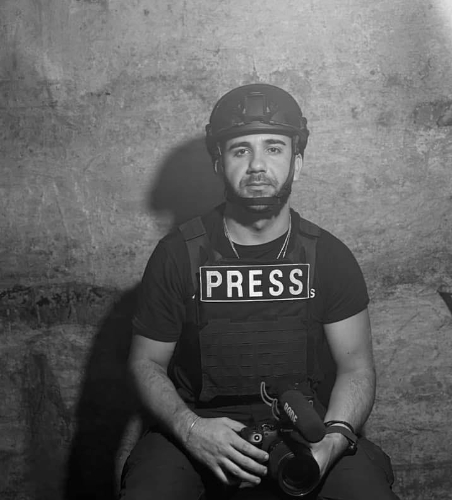141 reads
Adapting on the Fly: The Impact of Cost-Effective, Customizable Drones for Ukrainian Forces
by
May 23rd, 2024
Audio Presented by

David writes about culture, cyberspace, digital currencies, economics, foreign affairs, psychology, and technology.
About Author
David writes about culture, cyberspace, digital currencies, economics, foreign affairs, psychology, and technology.